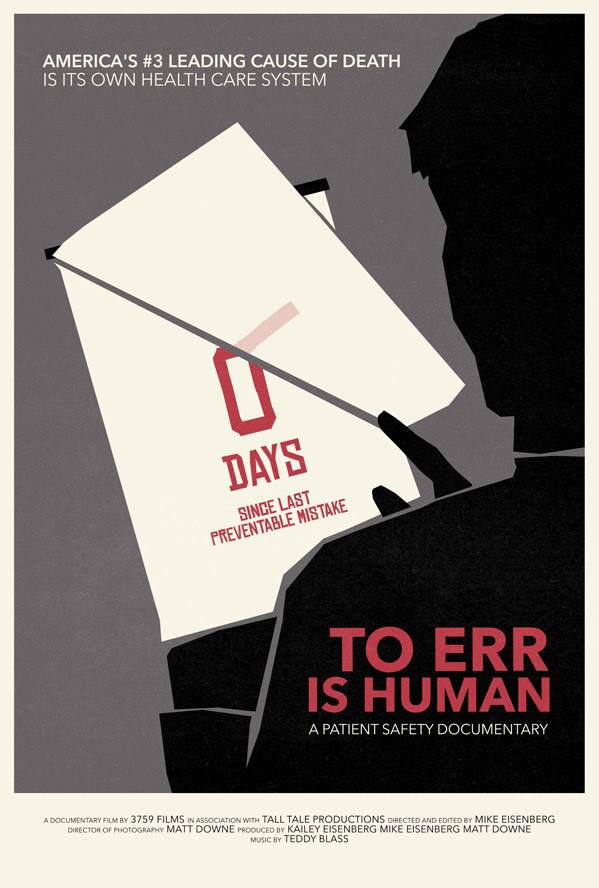
My father, Dr. John M. Eisenberg's career in medicine, both as a physician and a policy maker, seemed to inspire a generation of dedicated individuals eager to make a difference in the quality of care this country receives. But as a young man, I was 17 years old when he passed in early 2002, his work was not of particular interest to me. I wanted to be a baseball player, and fortunately, I had a chance to pursue that career. Eventually, I would become a filmmaker, passionate about documentary storytelling. In 2015, as my two production partners and I started thinking about what story to focus on next, I noticed the Agency for Healthcare Research and Quality (the agency my father once directed) was once again under threat of being de-funded. Immediately, we reached out to whomever we could with a close connection to my father during his time there. We knew AHRQ needed to have its story told.
As we interviewed people, we quickly saw a bigger picture forming. The story of patient safety had taken a backseat to seemingly more urgent issues – access to care and the opioid crisis. We felt an urge to tell the story of patient safety as a whole. This set us on a nearly three-year journey, with over 30 interviews conducted in more than 15 cities. Our mission was to put the brightest minds on camera and let them tell the people what’s going on with AHRQ. Meanwhile, we would show actual in-progress efforts to address patient safety in multiple locations, from high-end technological advancements in safety monitoring to low-fi implementations that could be applied to how a clinician faces a mistake.
AHRQ is still an essential part of our story. We chose to include a sequence that not only provides a breakdown of the agency’s approach to improving care, but also gives a voice to those who believe it is vastly underfunded for the work that it does. Our hope is that through the voices of others, the film can be used as an example of why AHRQ is so vital to the big picture of higher quality health care.
We also followed the story of Sue Sheridan and her family, for whom preventable errors visited twice, once leading to cerebral palsy in her infant Cal and another playing a role in the untimely death of her husband Pat Sheridan. It was important to us that the story of one family be explored in great detail, rather than highlight only the dramatic events of many. Through this approach, we could see how the family was affected moving forward and watch their growth into an empowered family who advocates for other families across the globe.
Ultimately, the most important takeaway for this documentary should be the incredible efforts of many in health care today to improve patient safety efforts. Too often we see documentaries that showcase a crisis without any solutions or hopefulness. To Err Is Human's design is somewhat of an unofficial extension to my father’s work - or at least my understanding of it. The film should give its audience a sense of tangible ideas to take into their personal experiences with care, whether they are a clinician or a patient. We're all human, and mistakes will be made, so how do we go about putting processes in place so the same ones don't get made over and over again. There is still an incredible amount of work to be done, but without the ability to see progress in motion, it will be difficult to gain the necessary momentum for more progress to be made.
You can view the trailer for To Err is Human at https://vimeo.com/258832591.